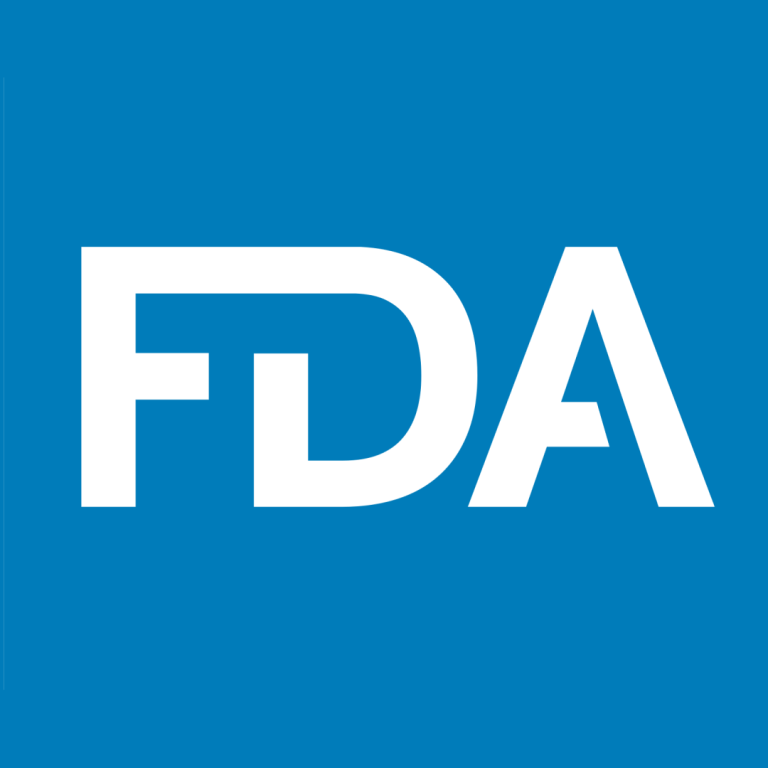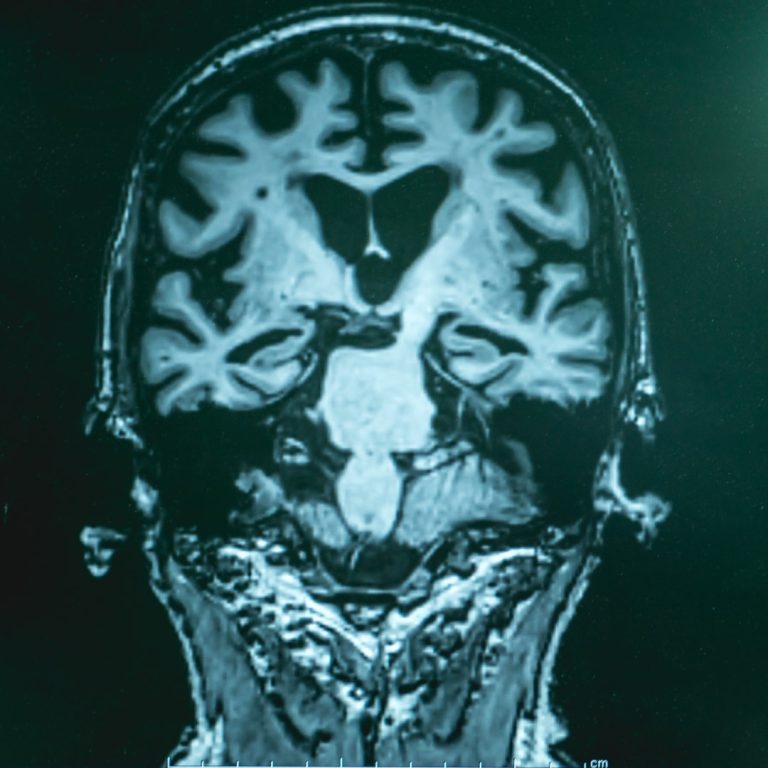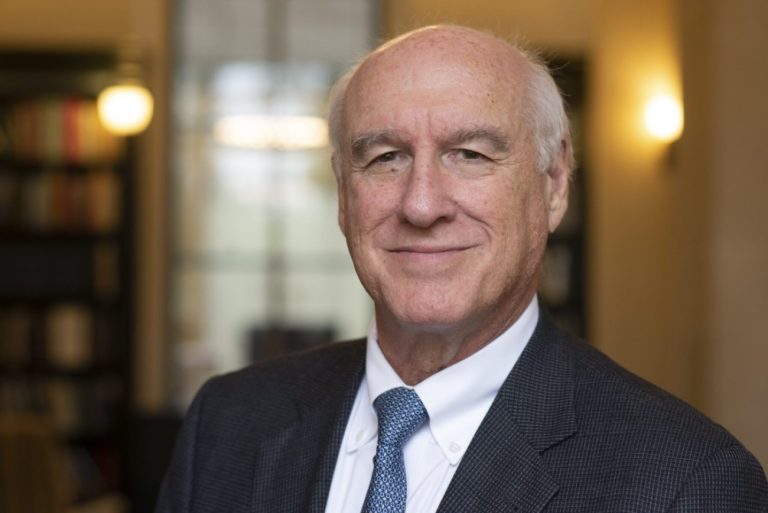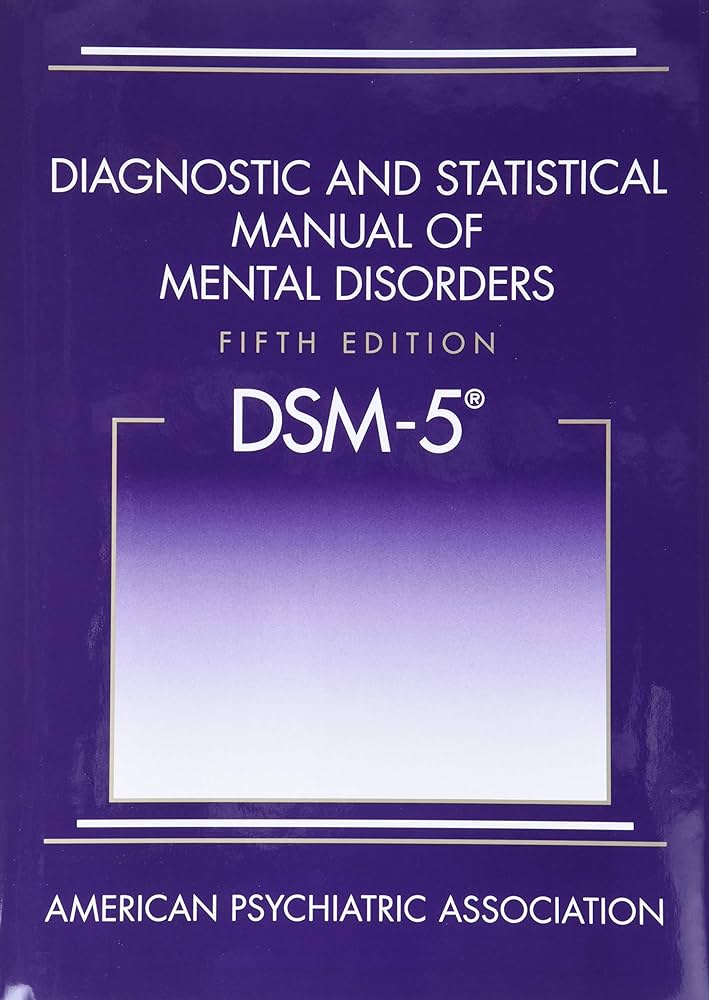Landmark study generated Mature human insulin-producing pancreatic beta cells from stem cells in vitro
On Oct. 9, 2014, a landmark study led by Douglas Melton from Harvard University successfully generated functional, mature human…

On Oct. 9, 2014, a landmark study led by Douglas Melton from Harvard University successfully generated functional, mature human…

On Oct. 7, 2014, The Jackson Laboratory opened a state-of-the-art genomics research center on the campus of the…

On Sept. 19, 2014, the Centers for Disease Control and Prevention”s (CDC) Advisory Committee on Immunization Practices (ACIP)…

On Aug. 21, 2014, Mark McAndrew, a resident of McKinney, Texas, gave $2.4 million to the University of…

On Aug. 4, 2014, the Allen Institute for Brain Science, California Institute of Technology, New York University School…

On Jul. 7, 2014, Cold Spring Harbor Laboratory (CSHL) announced a $50 million gift from Jim and Marilyn…

On Jul. 1, 2014, Genentech entered into an agreement to acquire Seragon Pharmaceuticals, a privately held biotechnology company…

On Jun. 20, 2014, the U.S. Centers for Disease Control and Prevention (CDC) published Immunization Practices Advisory Committee…

On Jun. 17, 2014, Grifols opened state-of-the-art North Fractionation Facility (NFF) in Clayton, NC, where production capacity of…

On Jun. 2, 2014, Omeros received U.S. Food and Drug Administration (FDA) approval of Omidria for use in…

On Apr. 14, 2014, Stanford Medicine researchers announced a study that found a gene variant puts women at…

On Jan. 9, 2014, DNA was isolated from a 165-year-old intestine of a cholera victim from Philadelphia – …

On Nov. 20, 2013, researchers at the University of Toronto’s Institute of Biomaterials & Biomedical Engineering and the…

On Oct. 28, 2013, Columbia University Medical Center announced publication of a Meta-analysis of 74,046 individuals that identified…

On Oct. 24, 2013, the University of Iowa (IA) announced a second $10 million gift commitment from Jerre…

On Oct. 23, 2013, the Mayo Clinic announced that Robert and Patricia Kern have given $100 million to…

On Oct. 22, 2013 Myron Cohen received the North Carolina Award for Science. Dr. Cohen is a University…

On Jun. 7, 2013, the University of Nebraska Board of Regents approved renaming the UNMC Eppley Cancer Center…

On May 8, 2013, was the first World Ovarian Cancer Day. On this day, ovarian cancer organizations from…

On Apr. 13, 2003, the International Human Genome Sequencing Consortium announced the completion of the Human Genome Project…

On Feb. 22, 2013, the U.S. Food and Drug Administration (FDA) announced they had approved Genentech’s licensed ado-trastuzumab…

On Jan. 4, 2013, Sanford Health announced the acquisition of Sioux Falls-based biotech company Hematech, a subsidiary of…

In 2013, the fifth edition of the Diagnostic and Statistical Manual of Mental Disorders merged three of the…

In 2013, Harvard Medical School researchers announced they had discovered that GDF-11 reverses cardiac hypertrophy, or thickening of…

On Sept. 28, 2012, the Connecticut Challenge Survivorship Clinic opened at Yale Cancer Center providing — the first…

On Aug. 30, 2012, a new phlebovirus, discovered in northwestern Missouri by Dr. Scott Folk of Heartland Regional…

On Jul. 9, 2012, the FDA created the “Breakthrough Therapy Designation” that expedites development and review of drugs…

On Jun. 24, 2012, the U.S. Food and Drug Administration (FDA) announced it had approved HibMenCY (Menhibrix, GlaxoSmithKline),…

On Jun. 8, 2012, the U.S. Food and Drug Administration (FDA) announced that Genentech’s drug Perjeta (pertuzumab) was…

ON May 16, 2012, the U.S. Senate unanimously passed a resolution (S. Res. 286) recognizing May 16, 2012,…